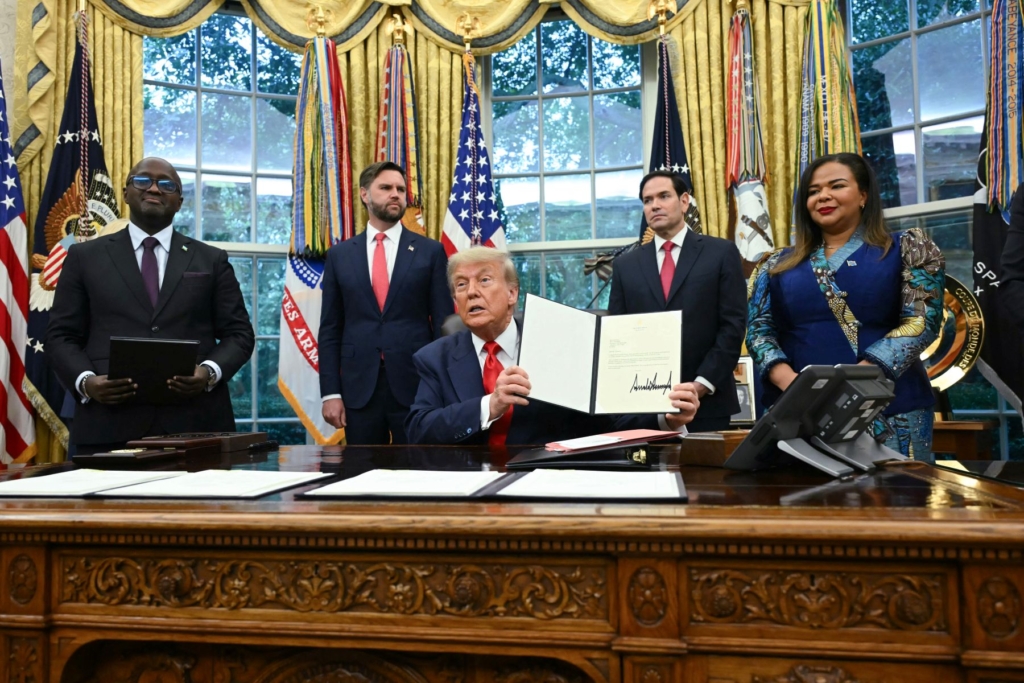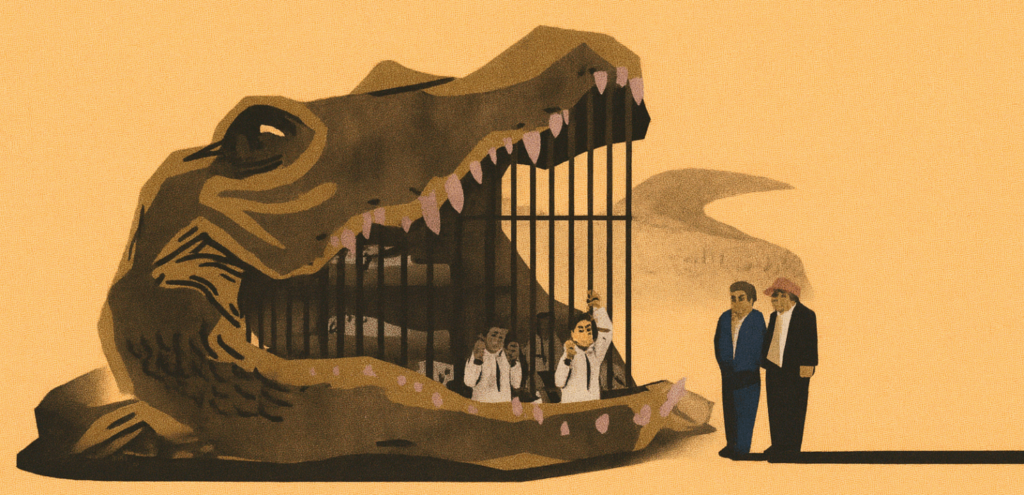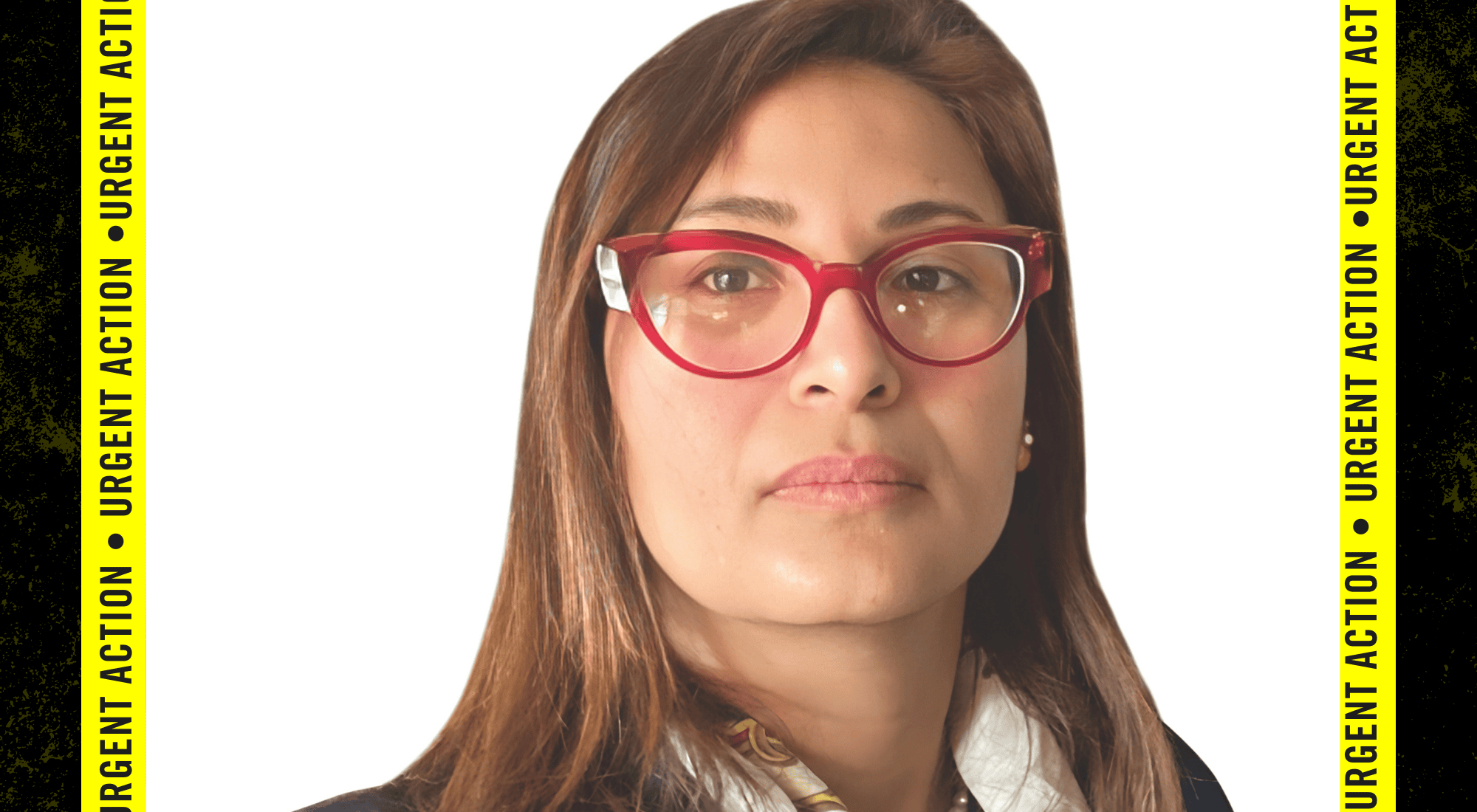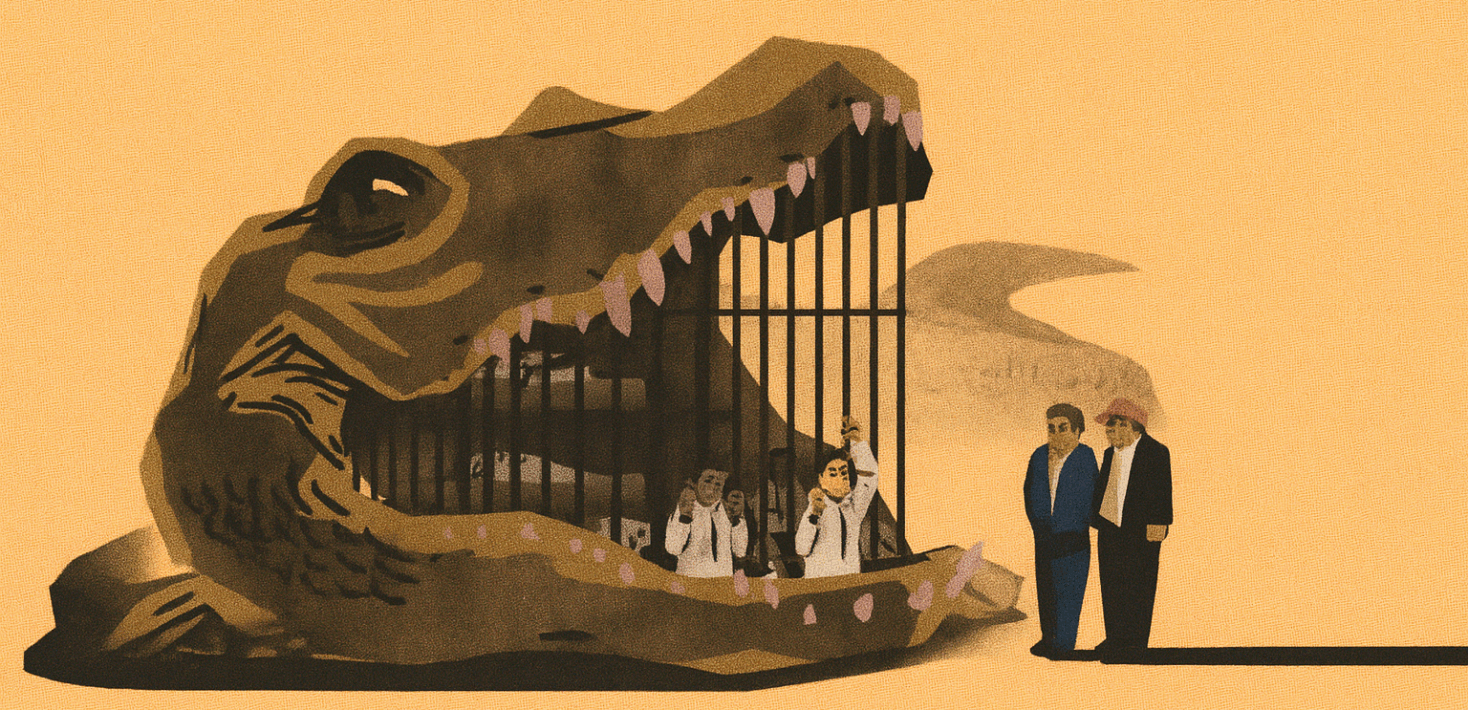By Craig Benjamin, Indigenous Rights Campaigner for Amnesty International Canada
The leaders of the British Columbia NDP and Green parties announced yesterday that when they form the provincial government they will send the Site C megaproject to the independent BC Utilities Commission for a long overdue review.
Such a review, which will try to determine the province’s actual energy needs and whether the cost of Site C is warranted, is widely expected to be the death knell for the $9 billion plus project.
Critically, however, the province needs to come to terms with the consequences of outgoing Premier Christy Clark’s drive to push the dam to what she referred to as “the point of no return.”
A University of British Columbia study recently concluded that stopping the project is still a better use of money than building a dam that will produce more power than is needed for decades. So far, the ecological harm to the Peace Valley is still reversible.
However, multi-generation farms and First Nation graves and cultural sites are in the direct path of the current rush to build the dam. The NDP-Green coalition said yesterday that they won’t halt construction pending the review. This is alarming because it means that irreversible harm could be done in the name of a project that will never be completed.
The fact that the NDP-Green coalition is clearly feeling pressure on both sides of the Site C controversy is all the more reason that the review itself must be rigorous and truly open to the input of diverse voices and concerns, including First Nations.
A critical priority for the new government must be to undo the harm that has been done to relations with Indigenous peoples. Yesterday’s announcement failed to acknowledge ongoing, unresolved concerns over Site C’s violation of Indigenous rights protected in Treaty 8, the Constitution and the UN Declaration on the Rights of Indigenous Peoples.
The agreement between the NDP and Greens includes a welcome commitment to Indigenous rights. The agreement says that “the UN Declaration on the Rights of Indigenous Peoples, the Truth and Reconciliation Commission calls-to-action and the Tsilhqot’in Supreme Court decision” are “foundational” to the common cause of the two parties. Living up to the important words requires a clear commitment to uphold Indigenous rights in any decision made about the future of Site C.























